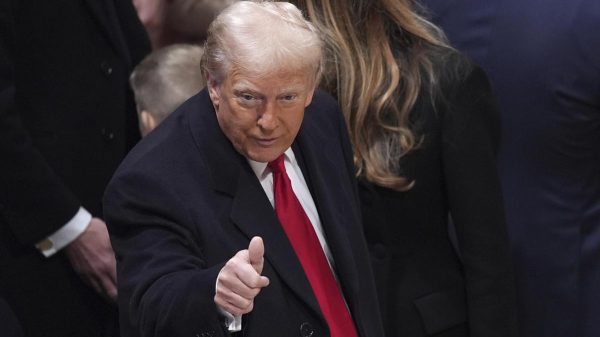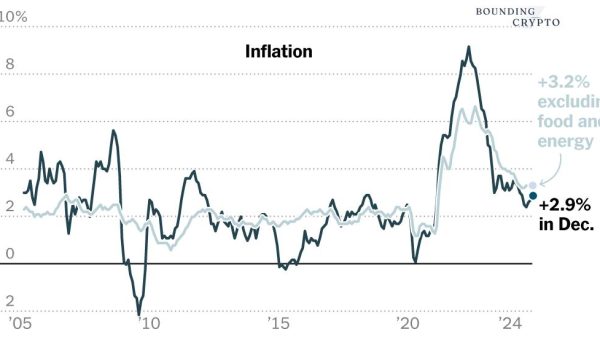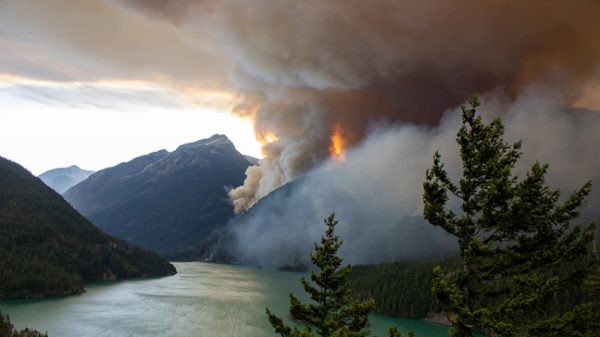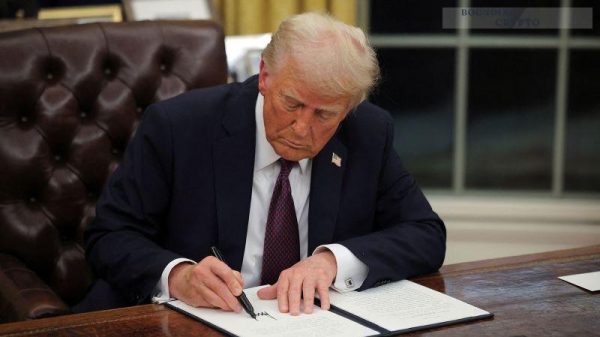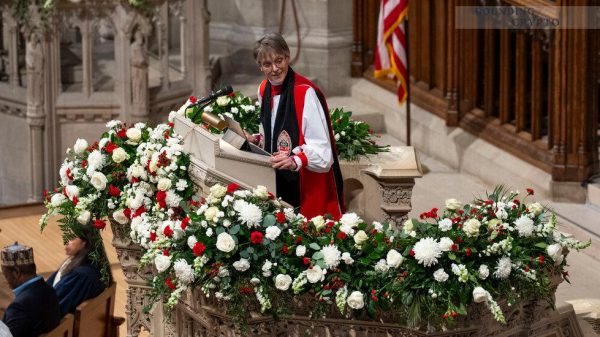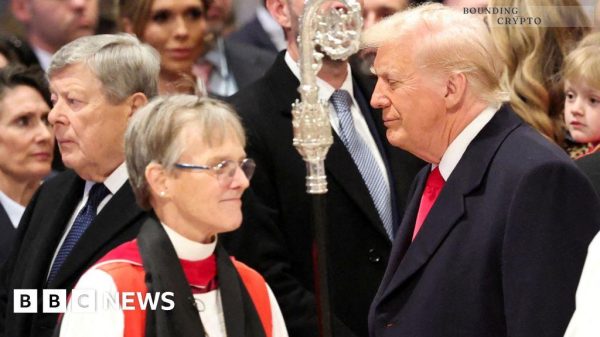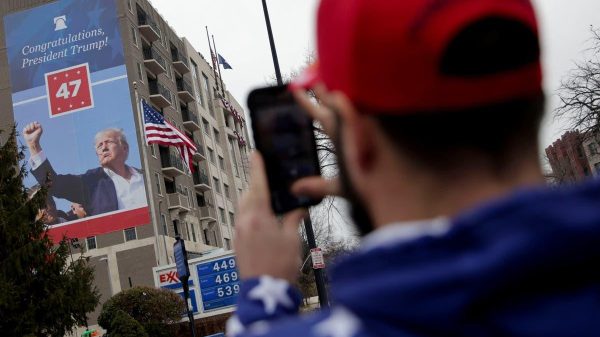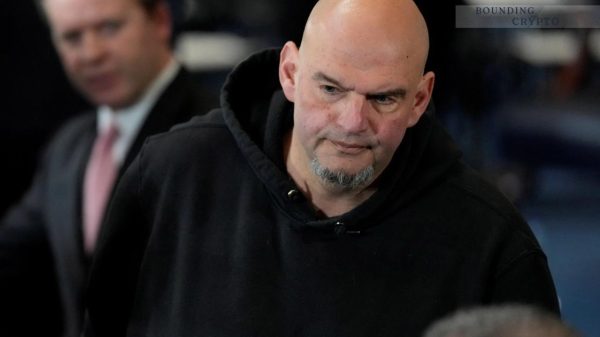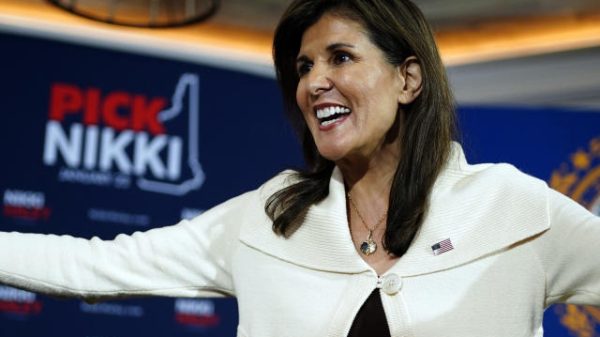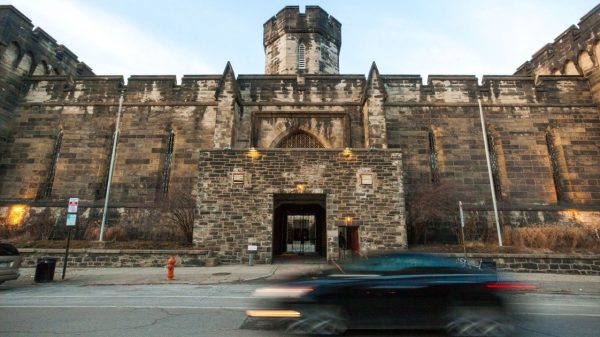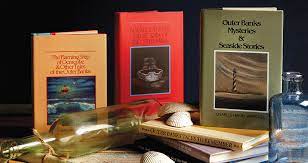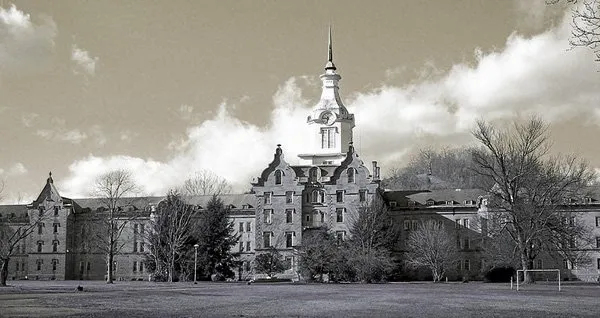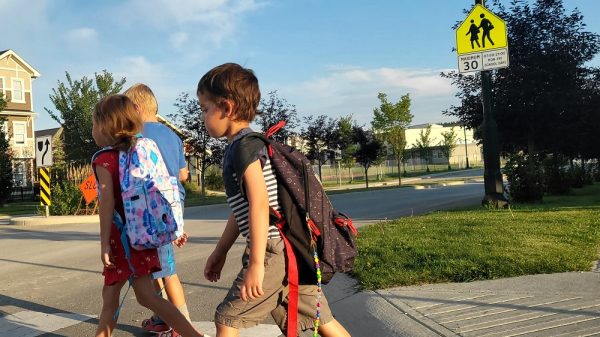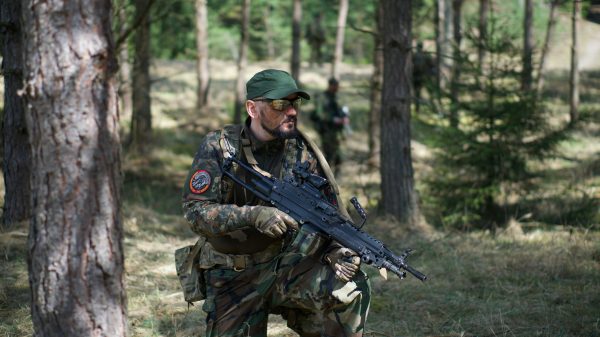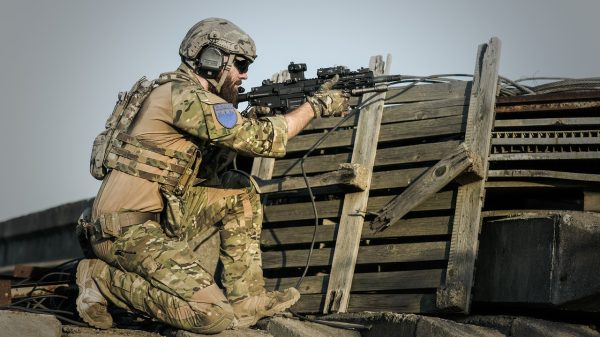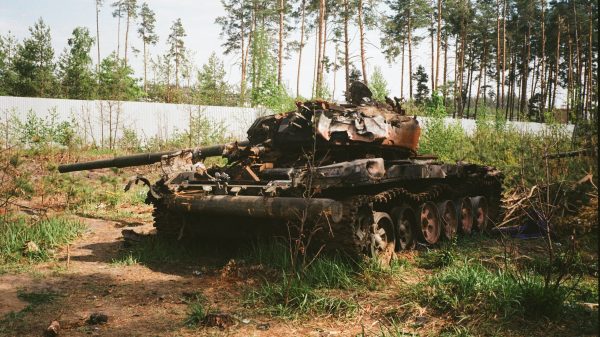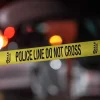SEDALIA — Dozens of crew members arrived early Sunday at the 75th annual Missouri Photo Workshop’s headquarters carrying coffee, cameras and computer bags.
Austin Johnson examines a photograph on screenMissouri Photo Workshop crew member and MU graduate student Austin Johnson examines a photo on screen Tuesday in Sedalia. The 75th MPW is underway as 38 photographers have been approved by their faculty to photograph the stories they pitched. On Saturday, the photographs taken this week in Sedalia will be on display from 10 a.m. to 2 p.m. at the Heckart Community Center. Meanwhile, the State Historical Society of Missouri has a retrospective exhibit featuring 74 years of MPW photos from 51 Missouri towns. Clayton Steward/MPW.75▲
Ellie Frysztak, an MU photojournalism master’s student writing for Rangefinder, the official MPW publication, said entering the building felt like “the calm before the storm.” In three hours, nearly 40 photographers from around the world would arrive to kick off MPW.75.
“(The space) was all set up, and people were running around,” Frysztak said. “It felt like we knew what was coming and … we were waiting for the fireworks to go off.”
Born deaf, Jason Curry signs to answer a questionBorn deaf, Jason Curry signs to answer a question during class in 1980 in Sedalia. Early on, Jason’s parents were encouraged to send him to a school for the deaf. His mother, Emma, would not hear of that. Instead, she made sure family members learned to sign and worked hard to get Jason help in the form of a paraprofessional. Her work paved the way for other deaf students to get paraprofessional help in the classroom. “Jason did quite well in school,” says Ebby Norman, who grew up across the street from the Currys. Jason is now a successful businessman in the Kansas City area. One of his ventures was the creation of UbiDuo, a face-to-face communication system that bridges the gap between deaf and hard-of-hearing people and hearing people who don’t sign. The system is in use all over the country, including in the Pentagon. Steve Castelberry/MPW.32▲
In 1949, the “Father of Photojournalism” Cliff Edom, in collaboration with Farm Security Administration Director Roy Stryker and photographer Russell Lee, held the first Missouri Photo Workshop in Columbia, teaching photographers how to, in Edom’s words, “show truth with a camera.”
Since then, MPW has served as an annual institutional training ground in photojournalism. The goal: educate journalists on how to meet and empathize with sources, pitch ideas to editors and, ultimately, create high-quality, meaningful picture stories that the communities they are covering will see, all within the span of a week.
MPW’s co-directors are Brian Kratzer, director of photography for the Columbia Missourian and an associate professor of professional practice at the Missouri School of Journalism, and Alyssa Schukar, an independent photojournalist based in Washington, D.C.
“Sedalia, in 1980, was clearly segregated by the train track that ran through town”“Sedalia, in 1980, was clearly segregated by the train track that ran through town,” recalls photographer Susan Bradnam. “I was walking around the Black area looking for a story, when Georgia Green (second from right in photo) found me. She was driving a group of choir members home when she pulled up and jumped out and asked why all these crazy people were walking around with cameras and, what exactly was I doing? I told her I was looking for a story, and she said, ‘Honey, I got a story for you. Get in!’ ” Bradnam spent the next few days observing and documenting the strength and integrity the single mother of two mustered to navigate her life. Green had left nursing for the higher pay and more structured hours of a welding job in a local factory. The choir and church community were a major source of Green’s energy and commitment, and Bradnam remembers, “They literally raised the roof off that place. … The woman sitting down was the oldest member of the choir. She was crying, but those were tears of joy. After singing a small solo, she sat down and wept while the rest of the choir carried on.” Sue Bradman/MPW.32▲
Kratzer described the workshop as “a media literacy experiment for all.” With close to 40 photographers participating in this year’s MPW, each one could easily interact with upward of 10 Sedalia residents, Kratzer said, allowing hundreds of individuals to meet and speak with photojournalists, perhaps for the first time in their lives.
“This is an opportunity for the (Missouri School of Journalism and MPW) to show that this is what meaningful journalism looks like,” Kratzer said. “It’s not the pontification on television. It’s not a bunch of opinion. It’s individuals making individual connections.”


